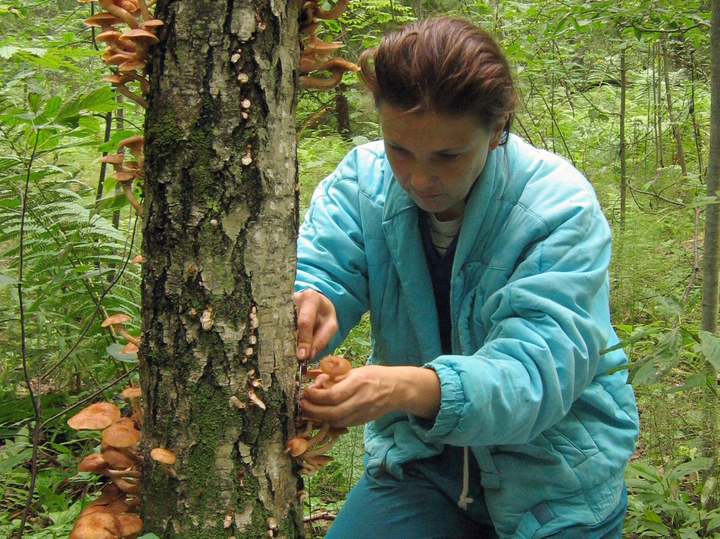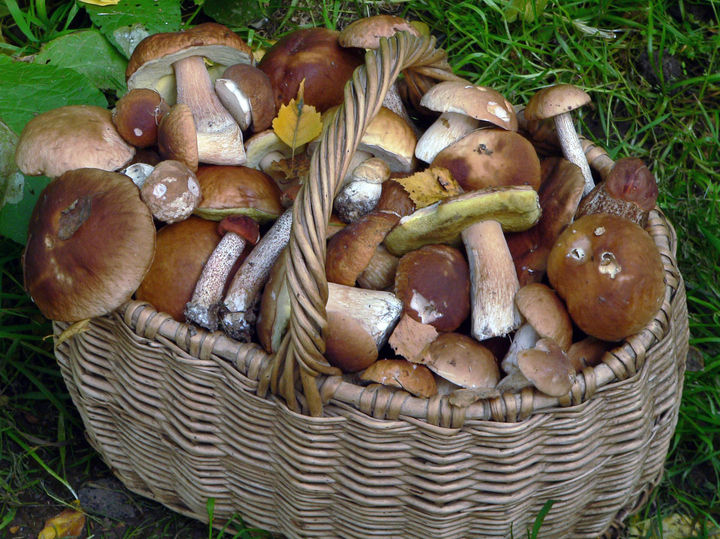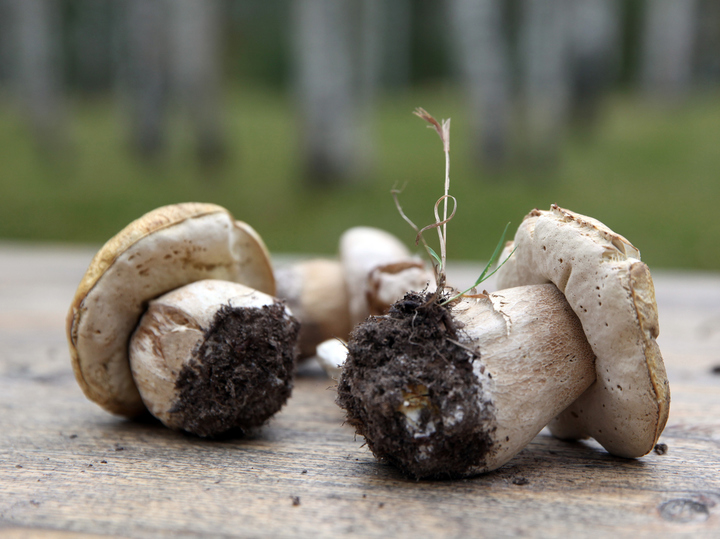How to pick mushrooms: simple rules
[ad_1]
September and early October is the most productive time for picking mushrooms. If it’s raining, it’s more likely that you won’t come back from your hike with an empty basket. Mushrooms at this time appear in huge quantities. But, going in search of them, you need to remember some of their important features. Firstly, they are able, like a sponge, to absorb all elements from the environment, including those harmful to humans. Therefore, experienced mushroom pickers, when asked where it is better to pick mushrooms, are advised to go away from the city, from industrial enterprises and highways, to an ecologically clean forest. Train tracks must also be avoided. The best option is a forest belt or forest park outside the city. The best time to go for mushrooms is at dawn.
There are certain characteristics that can be looked at to make sure you are picking safe mushrooms, but there are still risks, especially if you plan to eat them. So consider getting advice from experienced mushroom pickers. And if you are interested in picking mushrooms just as a fun hobby, then just go out of town and enjoy the process itself.
Take a mushroom picker with you
It is no secret that many of those who are not avid mushroom pickers have difficulty knowing how to properly pick mushrooms and how to equip themselves for a hike in the forest. Experienced people know to wear boots, a windbreaker and a hat. This will protect against moisture, stinging insects and ticks. It is better to take a bucket or a wicker basket with you, and preferably two – mushrooms you know can be put in one, and dubious ones in another. In such a container, the mushrooms will not suffer and will not break. Do not put mushrooms in plastic bags! Firstly, they can quickly crumble, and secondly, there is a risk of bacterial growth.

And remember that the best way to learn how to pick mushrooms is to do it with an experienced mushroom picker. So go camping with someone who is well versed in mushrooms and has a passion for them.
Avoid poisonous mushrooms
Information about which mushrooms are edible can be found in numerous illustrated guides, both printed and posted on the Internet. You can take a small reference book with you to compare the find with what is shown in the pictures. It is worth cutting a mushroom only if you are sure that it is exactly the one you need. At the slightest doubt, it is better to refuse the find – an unknown mushroom can be poisonous.
Kneel next to the mushroom you want to cut and sniff it while inhaling deeply. If the smell turns out to be sharply unpleasant, it is better not to touch the mushroom. Look at the shape and texture of the inside of his cap – is it sharply defined, thin lines, or mushy? Gruel is often a sign of toadstools. If liquid is also released from there, the mushroom is definitely not worth taking.
When you have identified the mushroom accurately, place it in the basket selected for edible mushrooms. If you find a mushroom that you are not at all sure about, but it does not cause rejection either, put it in another basket. Do not put a rotten or worm-infested specimen in the basket. Here the verification method is very simple – just look under the hat.
Cut the mushrooms with a knife
Be sure to take a knife with you so that you can cut the “gifts of nature” very carefully with it. In no case should you look for mushrooms with a children’s rake, as some do, for example, when looking for pigs that hide under the foliage. In this case, the mycelium is destroyed, and next year the mushrooms will no longer grow in this place. Also, do not twist the mushrooms for the same reason, if you suddenly forgot the knife at home.

Carefully rake the leaves and grass to the side, and to pull the mushroom out, carefully grasp the base and twist it counterclockwise, prying it away from the mycelium from which it grew. Try not to damage the mycelium, that is, the mycelium, in the process.
Take only fresh mushrooms
Pick those mushrooms that look fresh and fleshy. Instances that appear old or decomposing, even if they are quite edible, are best left untouched. Do not take mushrooms at the “button” stage, that is, when they are still too small, it is better to collect those that have open and formed hats. Be sure to dig the mushroom out of the foliage, and then cut or twist it so that the base of the stem is not damaged. Do not pull sharply up – some mushrooms have such a feature as a leg that is easily destroyed at the base.
Don’t fall for the “mushroom” delusions
It’s good to know that there are some misleading “practical” rules for picking mushrooms. So, some people believe that if it is seen that a certain animal has bitten a mushroom, then it is edible. It is not true. Someone thinks that in the process of cooking mushrooms on the stove, poisonous specimens can become edible. This is also incorrect. While cooking gets rid of bad bacteria and makes edible mushrooms more digestible, it’s impossible to make a poisonous mushroom safe for the body. Someone is convinced that mushrooms that have a pleasant smell cannot be poisonous. This is also far from true.
Process the mushrooms right away
Mushrooms should be transported in paper bags or in rigid containers. They are stored unprocessed for a short time, only two to three hours at home. Therefore, immediately after returning from the forest, they must be cleaned, washed and, if possible, cooked in the way you have chosen.

Some types of mushrooms are recommended to be soaked first, such as freckles. Butter, white, chanterelles, aspen mushrooms are boiled and then fried. Well, if you decide to dry them for the winter, then it will be enough just to rinse thoroughly. If at home you have any doubts about the edibility of the mushroom, just throw it away. If the mushroom looks good, but you didn’t like something in the air or soil of the place where you picked it, it’s also not worth the risk.
It is best to double-check the mushrooms before cooking, relying on several sources of information, for example, on a printed guide and an article on the Internet.
It is interesting
In Russia, knowledge about mushrooms will be popularized
In early September, a mycological society was registered in our country, designed to develop and popularize knowledge about fungi. This was announced by one of its founders – mycologist, candidate of biological sciences Mikhail Vishnevsky. He added that the activities of the society will be related to the development and popularization of knowledge about mushrooms, the prevention of mushroom poisoning and the dissemination of information about dangerous and edible mushrooms.
The founders, and there are five of them, plan to “cover all areas related to mushrooms.” This society has a mycologist, a mushroom therapist, a mushroom grower, an avid mushroom picker and a culinary specialist who cooks dishes based on mushrooms.
Vishnevsky noted that the society will convey its ideas to the audience through publications on the website and in social networks. Over time, members of the Mycological Society plan to organize mushroom festivals, hikes and excursions. Membership in the organization is absolutely free, and admission will begin in late autumn this year.
[ad_2]
Source link








